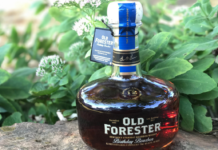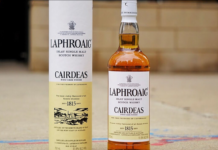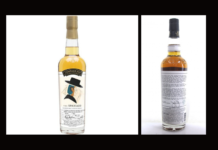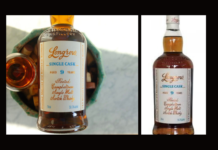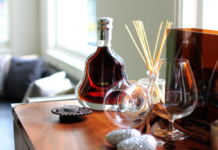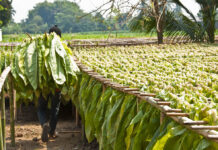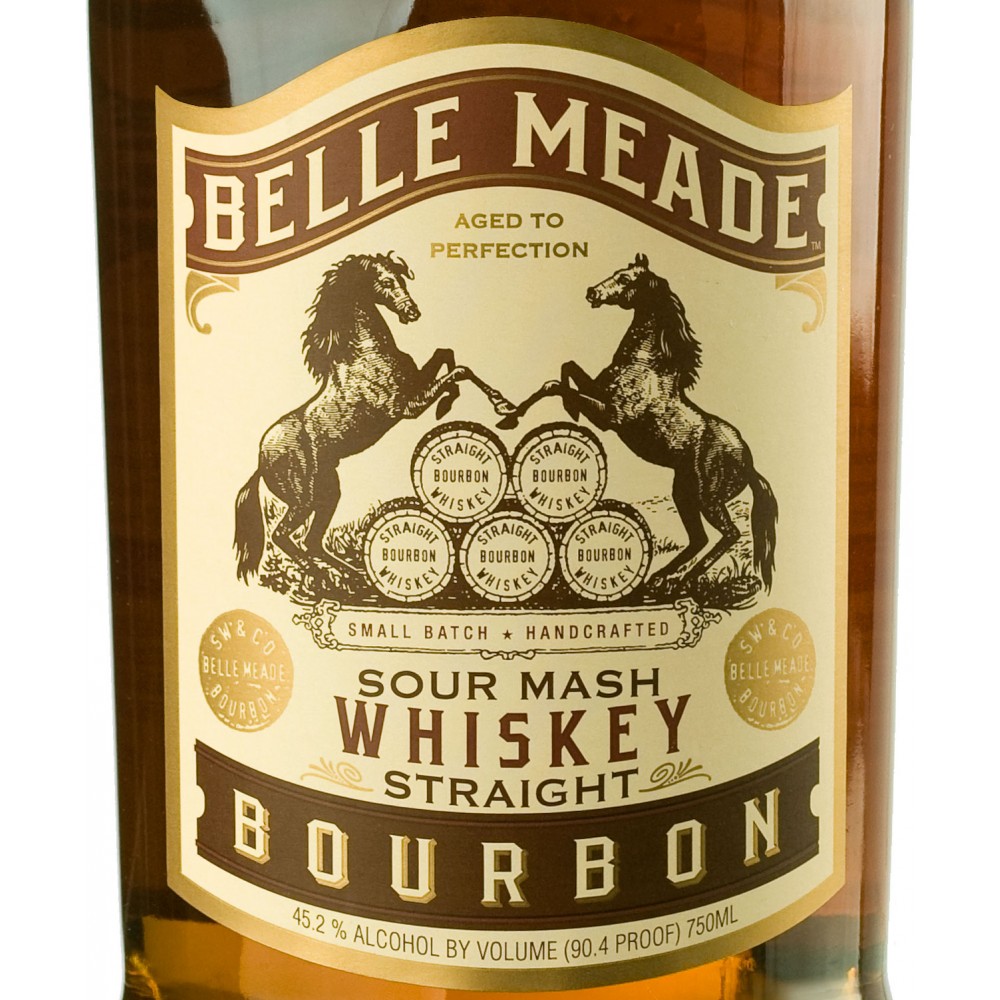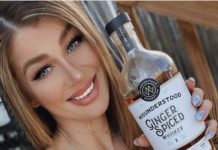Originally established in 1860, today’s modern Green Brier Distillery is run by two brothers Andy and Charlie Nelson. The Green Brier Distillery is a revival of the original Tennessee Whiskey company with its award winning spirits. We spoke to the Head Distiller and VP Andy Nelson about their award winning whiskey the Belle Meade.
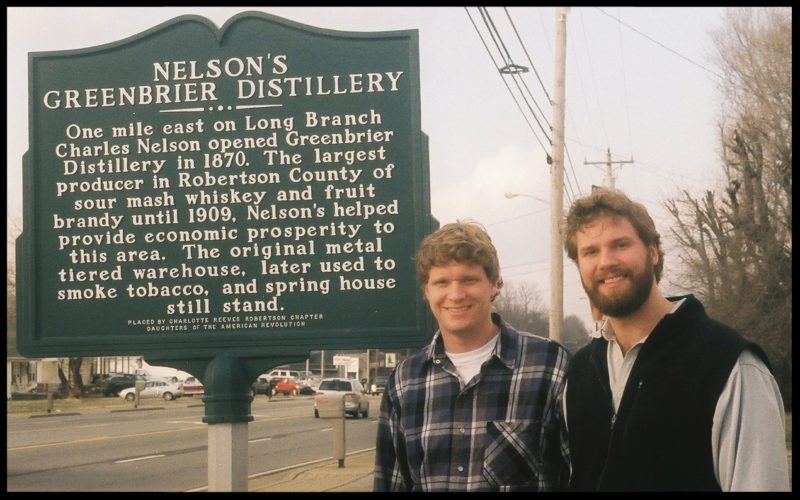 Andy tell us about yourself. What was your background before joining the world of Spirit Distillation?
Andy tell us about yourself. What was your background before joining the world of Spirit Distillation?
AN: I studied Philosophy in college at Loyola in California. I’m a big fan of traveling and learning about languages and cultures. I had an internship one summer at the Country Music Association, which was unpaid. To make money, I ended up working at a software publishing company, and teaching myself video editing. I did that for six years right after college, and before getting full time into the world of whiskey. When I made the switch, doing all of the research for the distillery was like a full time job.
What was your vision for the Nelson’s Green Brier Distillery? Tell us about the name.
AN: The name really came from history. That is what it was called back before Prohibition when Charles Nelson, my great-great-great grandfather owned and ran the distillery in the late 1800s. So it was really quite an easy decision as far as choosing the name goes! Charles Nelson’s distillery was one of the biggest in the country, and he was a pioneer of advertising and marketing, as well as packaging. He was one of the first to put whiskey in a bottle as opposed to just selling it in a barrel or a jug. So we wanted to make sure we paid homage to him in everything that we do, in some ways being old school, but also embracing the current and the future of that world, whether it be production techniques or marketing. We have tried to stay as close to the original thing and the process in which he did things, as much as possible. We understand that things change and improve and all that but honoring the past, embracing change and the future, is something that we try to live up to.
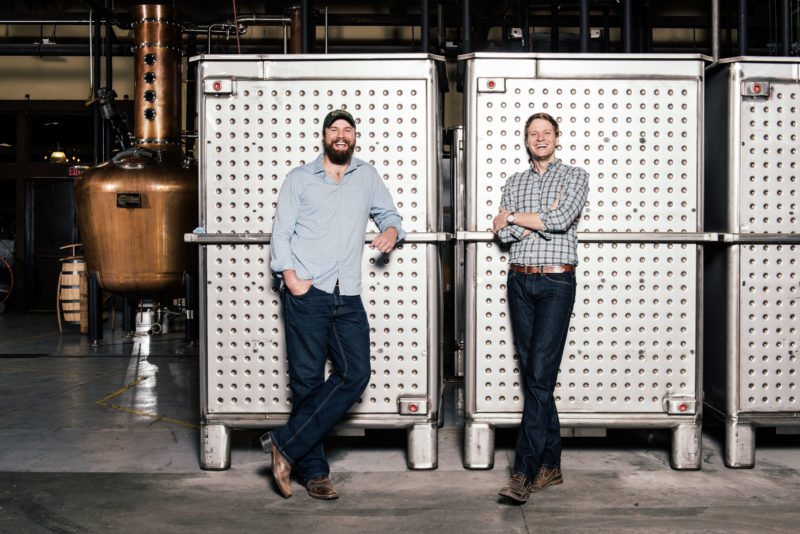 We understand that it takes some funding to open up a distillery, besides cash flow, can you tell us some other challenges you saw when starting to build your distillery?
We understand that it takes some funding to open up a distillery, besides cash flow, can you tell us some other challenges you saw when starting to build your distillery?
AN: Raising cash flow was certainly a big hurdle. It took a long time and involved a lot of stress. After a lot of effort, we ended up raising money – so then came the fun part, which was actually building the distillery. There is so much that goes into building from meeting vendors, trying to figure out who is trust worthy, who has the best quality product, and of course pricing it all out. When you haven’t even worked at a distillery before, it’s really difficult starting out to imagine what exactly you going to get, how you are going to put it together, what the layout will look like, etc. The whole process is quite complicated when you look at it and get bogged down with the details. We had people helping us of course, consultants and friends who had a lot more experience then we did. Without them it would have taken us much longer than it did! Personally, the biggest challenge with starting to build the distillery was trying to see the big picture – and having that vision before it the project came together.
“We want to make sure that our thumb print is really on our brand, and that people will know when they taste our stuff that this is produced by the guys at Nelson’s Green Brier Distillery. I think with sourcing locally and supporting local farming, only good can come from that.” – Andy Nelson
What does your job entail?
AN: I am the VP and head distiller, head of production and operations. We have eight production team members now. We call them distillers, but they of course do everything from cooking the mash, to caring for the fermentation to distilling, filling barrels, cutting totes, helping on the bottling line. My job is not only to assist them in those aspects, but also to oversee the whole process in general, as well as business aspects that might not involve the actual distilling and production process directly. So I do a little bit of everything but a lot of overseeing the production floor and making sure that what we do is done the right way, with the right attention to detail. Making sure that everyone is up to date on their sensory analysis skills, their ideas and philosophy on distilling, and making sure that they understand how to mechanically work everything. And most importantly that we keep up to date on our philosophy and culture as a distilling company and where we really want to go with our spirit.
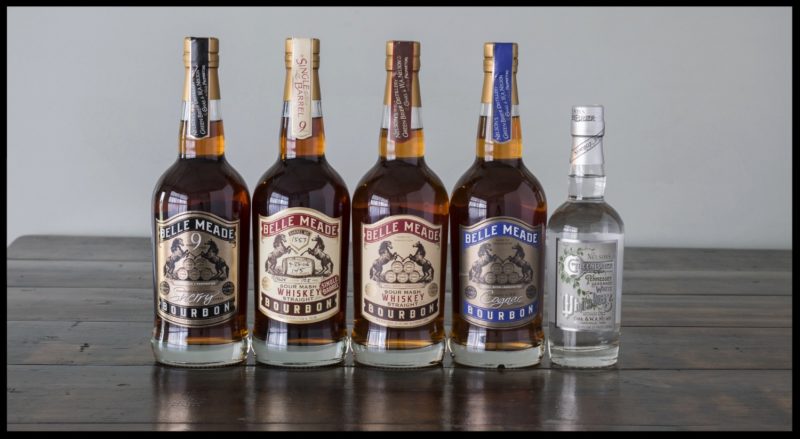 What type of Whiskey expressions do you currently produce?
What type of Whiskey expressions do you currently produce?
AN: Right now we have five different line extensions of our Belle Meade Bourbon brand. We have our classic bourbon, which is a four-barrel batch. All the barrels that we use are between four and six years old. It’s 90.4 proof and it’s about 30% rye. We also do a single barrel offering, which is generally a 10 year old single barrel. We don’t cut to any proof, we keep it as cask strength so it goes in the bottle at the proof that it came out of the barrel. We essentially just filter the char and put it in a bottle and it’s ready to go. Then we have three special cask finishes, Belle Meade Sherry Cask Finish, Cognac Cask Finish and Madeira Cask Finish, all of which are between six and nine year old bourbon, blended together and then finished in their respective, special casks, for about two to six months.
The liquid that becomes Belle Meade Bourbon comes from MGPI in Indiana and we took 3 different recipes of theirs to create as unique a flavor profile as we could with those limitations. It’s no secret that they make great whiskey and we took that whiskey and created something greater than the sum of its parts in Belle Meade Bourbon. Charles Nelson worked in conjunction with a company called Sperry Wade & Co. to create Belle Meade Bourbon. Sperry, Wade & Co. distilled it and Charles Nelson warehoused, bottled and sold it. We plan on bringing distillation of Belle Meade in-house as soon as possible.
Do you source the ingredients locally? If so, how important is local sourcing and supporting local farms.
AN: Yes, we do source our ingredients locally. We get our corn and wheat from a farmer located about an hour west of the distillery. It’s very important to us to source locally. They say the taro in wine is very important with wineries and it really contributes to the specific personality of that brand, and I think that is true with whiskey as well. We are getting local corn and wheat, which are the two main contributors to the flavor profiles of our Tennessee Whiskey and that’s really big for us. We want to make sure that our thumb print is really on our brand, and that people will know when they taste our stuff that this is produced by the guys at Nelson’s Green Brier Distillery. I think with sourcing locally and supporting local farming, only good can come from that.
Is there a flavor profile that you aim to achieve when distilling? Do you select casks to achieve this flavor profile?
AN: Yes, there is a flavor profile that we look to achieve in our distillation, and that comes a lot from the previous process. So everything from the farmer and how he grows the corn, wheat and barely, to our cooking process and the yeast we use during the fermentation process and then the distilling process. We think that one of the big differences in our product is the wheat character which is very important to us. It’s an easy thing to differentiate us. So many American Whiskies are made with corn, rye, and barely where as ours is made with corn, wheat and barely. The casks that we choose are either three or four char barrels, they are fresh new American white oak barrels and that is just standard the American whiskey world. For the cask series we are absolutely looking for a particular flavor profile which is why we picked those particular barrels for the Sherry, Cognac and Madeira cask finishes.
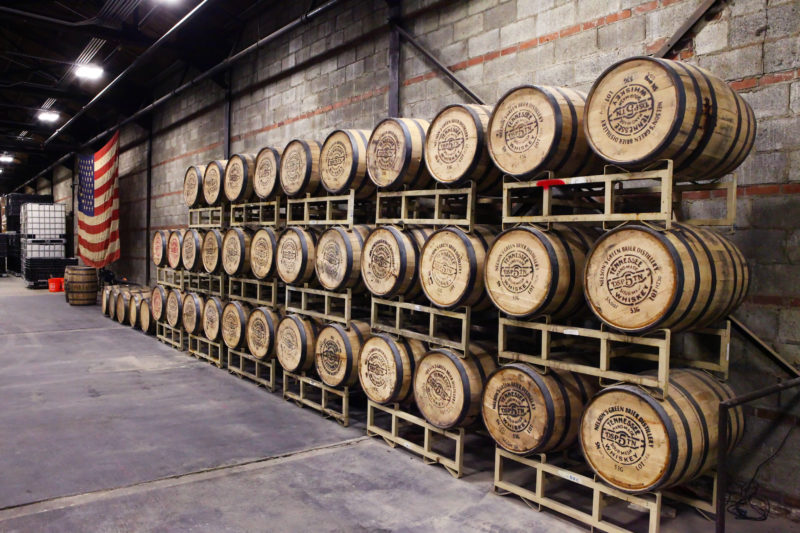 What – in your opinion – makes the spirits produced at your distillery unique?
What – in your opinion – makes the spirits produced at your distillery unique?
AN: For one, we are producing Belle Meade Bourbon cask finishes, which make us very unique. It isn’t something that everyone does. That’s been a great way to differentiate ourselves from other brands. We started off with Belle Meade Bourbon and we put three different recipes together in our blend and we tried to create something different, something greater than the sum of its parts was the idea. Also, the cask series, Sherry, Cognac and Madeira casks finishes, play a special role in that. As far as the Tennessee Whiskey that we’re distilling, that is a wheated Tennessee Whiskey so it’s made with corn, wheat and malted barley. That is a big unique characteristic because as far as I know, there isn’t another Tennessee Whiskey on the market that has wheat in it.
Do you think that your product is distinctive? If so, what makes it distinctive from other whiskies on the market?
AN: Our product is absolutely distinctive! We took our Belle Meade Bourbon blend and we took three different recipes and blended them together to create something that’s greater than the sum of its parts. That is something that we are truly proud of. In Scotland for example, the Master Blender is really the celebrity, not really the distiller. It’s an art in itself to blend and making sure you get a consistent flavor profile from multiple recipes and putting those together. The special cask finishes that we have are very distinctive, adding a bit of sherry, cognac, or madeira influences onto the whiskey, really blends well but also really helps to make the them stand out. The Tennessee Whiskey is fairly distinctive because we’re using wheat in our mash bill and the other products that would be any where close to being compared to, don’t use wheat so that is a very important part of our distinction of other whiskeys.
Where do you think the most flavor control can occur? Grain? Yeast? Water? Wood?
AN: This is a tough question because I can’t pin point one of these elements. The grain has a very big influence on the flavor of course. If you used a different kind of corn or if you used a different grain altogether like a nontraditional grain that isn’t wheat or corn or barely then it would absolutely change the flavor profile, grain has a big flavor control. The yeast has a lot to do with it as well. The yeast is often over looked by people but it really controls the fermentation of the product. I always say that fermentation is the most delicate portion of the process. The fermentation process is really where the alcohol is created, so depending on the temperature and the atmosphere, in which you are fermenting how the yeast reacts, that is a very important part of well. Water is a big component. And then the wood, is of course essential. Every tree is different, every stave is a little different so every barrel will be a little different. So they are all very important aspects and controlling all of those aspects is what will make whiskey unique to that producer.
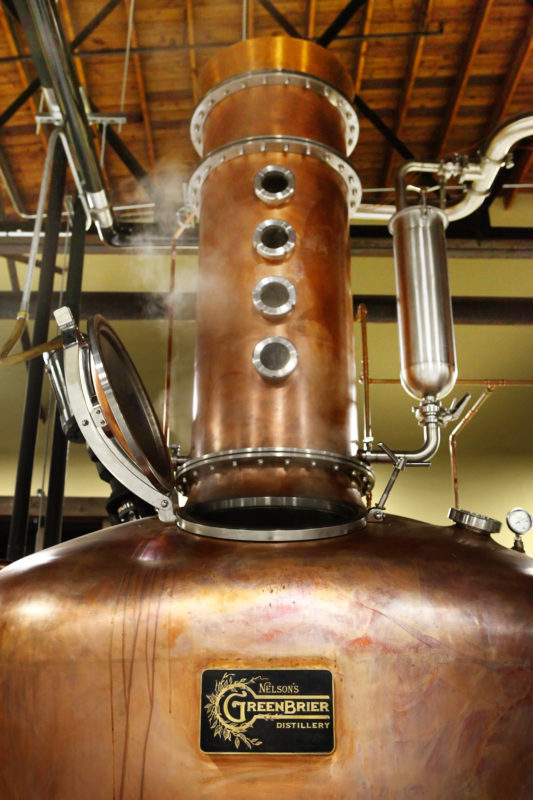 Can you tell us a bit about the distillery, stills, warehousing, casks, etc.
Can you tell us a bit about the distillery, stills, warehousing, casks, etc.
AN: We have about 30,000 square feet in our facility, cut up into quarters. One quarter is our production floor, another quarter is our offices and front of house where our tours and tastings happen, third is our event space and the fourth is our barrel warehouse. We have a 750 gallon copper pot and column hybrid still, it is a pot still with a four tray rectifying column. We have 10 open top, 850 gallon fermenters with a cooling jacket on one side. We have a barrel warehouse on site where we currently have 1,300 barrels aging.
What are your hopes for the distillery 5 years from now? What do you want to be known for?
AN: I want to be known for the high quality products that we do and the integrity that we have in producing them. We are very proud of Belle Meade Bourbon and we are also very proud of the Tennessee Whiskey that we’re distilling. We haven’t yet released it to the public but I can’t wait to get it launched. That is truly the flagship brand of Charles Nelson pre-Prohibition and that is what we want to be known for. Five years from now, we really want people all over the country to know that we are one of these craft distilleries that are rising above and coming to the fore front of the industry. We are very proud of what we’re doing here. We’re really proud of our industry in general and think that it is really going in a great direction.
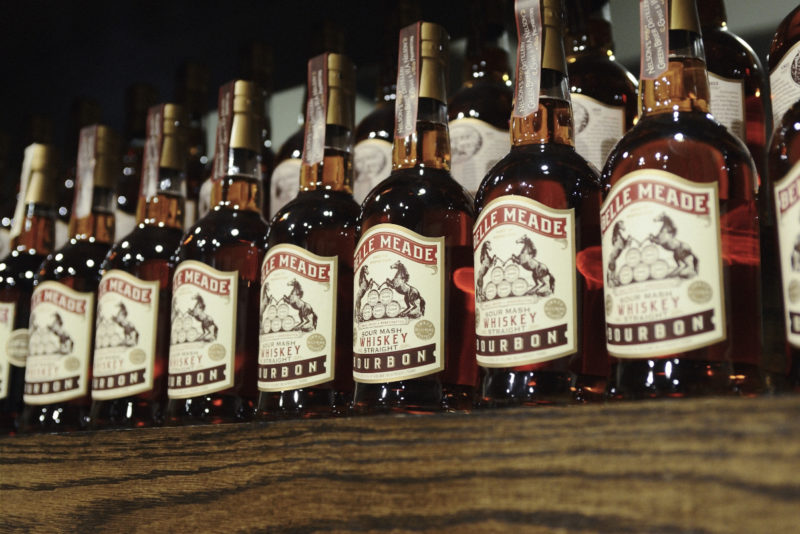 Do you have any role models in this industry?
Do you have any role models in this industry?
AN: I think everybody has role models in the industry whether they are conscious of it or not. The guy that trained me on how to distill, Dave Pickerel, is now a consultant – he has a wide grasp on the industry and what people are doing everywhere. But he taught me the basics on how to distill and how the world of distilling really works, so he has played a very important role in our growth. Guys, like Jimmy Russell at Wild Turkey or Fred Knoe at Jim Beam, those guys are the reason why I currently call myself head distiller and not master distiller, because they are truly masters. They have been doing it since before I was born and I have so much learn that it would be an insult if I called myself a master. I really couldn’t live up to that. They are great at what they do and great ambassadors to their brand.
Anything else you’d like to share with our readers?
AN: Our distillery in downtown Nashville is open seven days a week from 11am-7pm for tours and tastings and we would love for you to come see us!
For more information on the distillery, please visit the links below:
website: NelsonsGBDistillery
facebook: @NelsonsGBDistilleryFB





